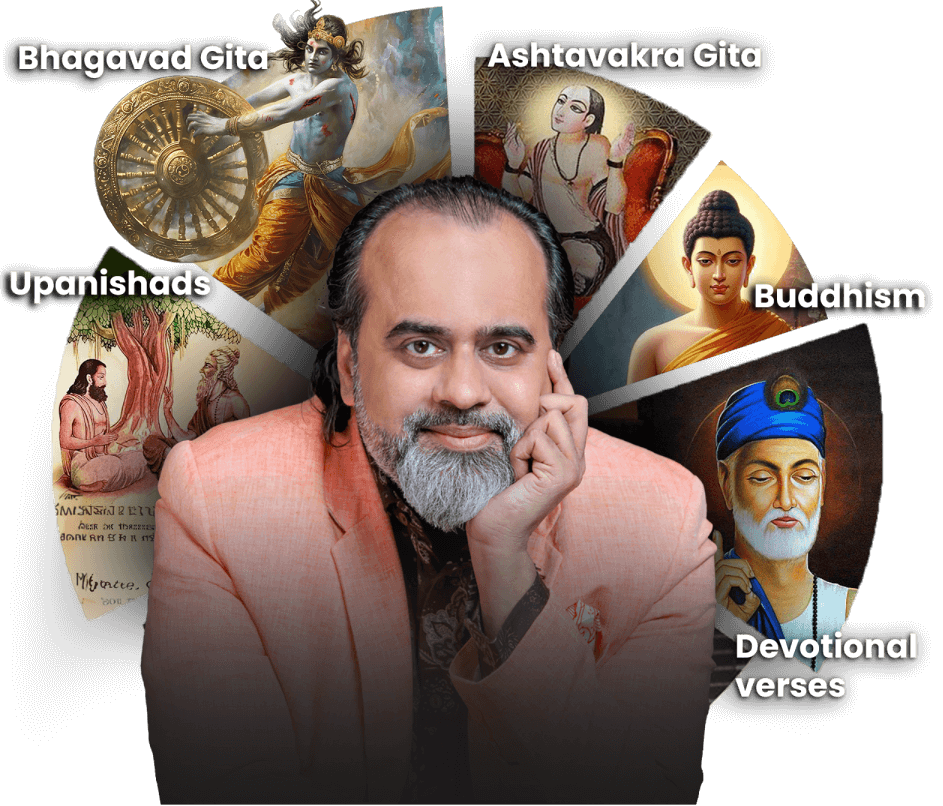Rejecting Illusions: The True Meaning of Shiv and Mahashivratri


With Mahashivratri around the corner, many of us find ourselves struggling to discover the actual and deeper meaning of the festival. We wonder: surely there has to be something beyond the rituals and performances. More importantly, it strikes us when we are contemplative: who is Shiv?
Mahashivaratri is the only festival that is celebrated throughout the night traditionally with little music, no colors or decorations, and minimum ostentation and lights. This unique night is the confluence of two streams—the first is that of destruction, of dissolution, and the second is of creation, a new beginning.
Before any new beginning can happen, we need to let go of the old—everything that’s obscure, misleads, and deludes. The lies, the illusions, the beliefs that hold us back—they need to be washed away. That is the true essence of Mahashivratri.
Who is Shiv?
As we gain clarity on the Shiv principle, the misconceptions about Him and the festival smoothly clear away. Adi Shankaracharya’s classic Nirvana Shatakam is a great guide. This text is actually the way Shankaracharya introduced himself to his guru. When he first met his guru, he was barely an adolescent. His guru was known to be very selective about admitting disciples. When the guru saw the young Shankar, he asked, “Who are you?”. Young Shankar’s brilliant reply left the guru speechless, and got him instant admission as a disciple. “I have nothing to say except this: I am Shiv.” This reply is at the heart of the Nirvana Shatakam.
How does the Nirvana Shatakam explain Shiv? Shiv is in the rejection of all ideas of identity. Adi Shankar says, “I am not this, nor am I that.” Then, he firmly declares—Shivoham: I am Shiv. By saying so, he asserts that everything he denies about himself is also something that has no connection to Shiv. In describing Shiv, he systematically negates everything that is generally associated with human identity. He rejects all our usual associations and affiliations, and then repeatedly affirms: Chidananda Rupaḥ Shivoham Shivoham—I am the embodiment of pure consciousness and bliss. I am Shiv.
He continues:
“I am not the mind, nor intelligence, nor ego,
I am not the senses—hearing, tasting, smelling, or seeing,
I am not the earth, the sky, the fire, or the air,
I am Shiv, the pure bliss of consciousness.”
The mind, intellect, memory, and ego are all part of the inner constitution of a person. Adi Shankaracharya says, “I have no connection to any of these,” thereby implying that Shiv is beyond any bodily indicators.
Shiv has no connection to the products or images of mind, intellect, memory, or ego. These can’t touch Him. So, don’t try to imagine Shiv through your mind, intellect, or ego. Don’t imagine Shiv in a form accessible to the eyes. Don’t try to describe Him in words your ears can hear. If you’ve given Shiv a form in your mind, you’ve missed Him. Because all forms are just mental creations. We shape everything based on our own limited perceptions.
Shiv is pure consciousness. What is pure consciousness? Normal impure consciousness is a dualistic phenomenon with the experiencer ego-self at one end and the experienced object of the ego at the other end. Between the subject ego and the experienced object is a relationship of delusion, desire and attachment. These are the pollutants of consciousness. The subject ego starts drawing its identity from the object it is attached to. This false identification is the bane of life, and leads to obfuscation of the natural joyful nature—Ananda—of consciousness. Free of false identification, there is a lucid clarity in perception. Pure Consciousness is hence indicated by Chid—knowing, the very nature of the self.
Chidananda Rupaḥ—Shiv is the joy of pure consciousness. When false identifications and attachments are dropped in the light of self-knowledge, what remains is called the untainted essence of Shiv.
Anything we give a form to is shaped by our own nature, our own identity. We define things based on our conditioning. So, as Acharya Shankar says, any idea of Shiv that comes to your mind is false. Any thought you form about Shiv is false. Why? Because every idea has the ego at its centre, and is therefore flawed right in its inception. If you tell stories about Shiv, or utter even a single word describing Shiv, you’re drifting away from the Truth. Speech cannot describe Him. Eyes cannot see Him. Ears cannot hear Him.
And yet we keep weaving stories. Some come from ancient texts, others from modern myths that spread widely. These stories are sometimes useful pointers to the truth, but in our ignorance, we take the pointers themselves as history, facts, or truth. Shiv is not a person. Acharya Shankar emphasises that Shiv doesn’t have a personality—no form, no color, no shape, no name. Shiv isn’t a person who existed at some point in time. Shiv isn’t confined to a specific place. Any attempt to put Him into human terms only limits His boundless nature.
Ironically, the very things that Acharya Shankar cautioned us against associating with Shiv—these same things we ignorantly base our imaginations of Shiv on. This distorted view of Shiv is what we see most glaringly during festivals.
This Mahashivratri, let our celebration be the realisation that Shiv isn’t bound by form, stories, or symbols. Worshipping Shiv is first and foremost about clearing inner clutter through self-observation. A non-dual ego, free of identifications—that’s Shiv. This Shivratri, let us celebrate by dispassionately observing the self. Such observation leads to self-knowledge. And self-knowledge is the fire that burns down false identifications. Destruction of the false is surely the beginning of all auspiciousness—Shiv!
